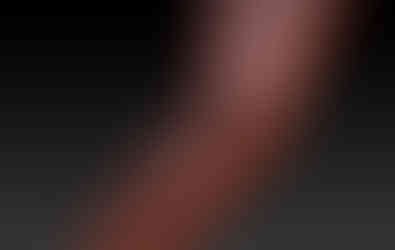This prop was created a my final major project (FMP) for my University Degree. The aim for this project was to completely 3D model an asset using industry standard software, and turn it into a practical prop by using 3D printing, moulding and casting.


The first step for any project was to design the arm itself which started out by making several sketches. These sketches took inspiration from several sources such as the Deus Ex franchise, and artists like Syd Mead and Sheng Lam. The idea was to create a "clean" design that looked like a finished product. I did not want to give the impression that the arm was kit bashed out of various pieces. The arm should look like someone put thought into its design and made aesthetically pleasing.

After the sketches were finalized I started modelling the arm in Zbrush. For the base of the model, a pre-existing arm was used as reference. This base cut out a lot of the initial stages of 3D modeling. The arm was then turned into a dynamesh model and the "techy" details, plates and pieces were slowly sculpted into it using various brushes.

The Dynamesh sculpt was however very lumpy and bumpy. Not exactly a very "clean" 3D model. This meant that the model had to be cleaned up and remodelled. "Remodelled?" I hear you say, "Then why make the initial sculpt?". I made the sculpt in order to use it as a reference for the remodelling. This meant that I could make new, clean topology over the sculpt and create clean parts that could be subdivided and polished.
The next step was to add small details such as panel lines, screws, cables, hatches, hinges and all the other small bits that sell the final product. This was added by either drawing them on with a brush or by "stamping" them into the model using alphas.
The last step in terms of 3D modelling was to make the model actually printable. In its current state the individual pieces could not be printed. Parts were clipping into each other and some pieces had to be modelled to "receive" other parts. This was done with by slicing pieces into smaller bits, remodelling pieces pieces so they would not collide, and booleaning some bits out of other bits. This took A LOT of time and was EXTREMELY tedious work, but the end result was a fully three-dimensional puzzle that could be glued together.
The parts STL files were sent out to the 3D printing department where the were printed on both FDM printers and resin printers. As ever prop maker and modelmaker knows, 80% if the job is sanding. As was the case for this project. The printed parts were sanded, filled with bodyfiller and filler primer, re-sanded, refilled etc. etc. until the desired finish was achieved. Following the advise from prop maker Ben Eadie, the rough layer lines were removed with cabined scrapers to save on time, before fillers were applied.
To give the 3D prints the "fresh from the factory" look, some of the pieces got sprayed with a clear gloss coat. Usually this coat would be applied after paint hand been laid down on the prints, but in this case, most of the prints were supposed to be casted in a different material so the paint did not matter. As for the "muscles", the top was covered in an adhesive backed vinyl that had a faux carbon fibre texture. The idea was to capture that texture inside the mould so that the muscles could be demoulded with a synthetics weave texture, once they were casted in pigmented PU rubber.


Next up was the moulding process which again took A LOT of time. 3 different types of moulds were used to cast the arm: - Dump Mould - 2-Part Silicone Mould
- Brush-On Silicone Mould
Dump Moulds were very simple. Glue part to wooden board, make clay border, cover parts in silicone, DONE. The other 2 mould types started the same way but had different processes. The parts had to be "buried" half way into water based clay, with a clean division line running across the middle of each part. Registration marks were sculpted into the clay, before they were walled up. For the 2-part Moulds the silicone was simply poured onto the parts, whilst for the brush-on mould the silicone was (you guessed it) brushed on to each part. The silicone had to be thickened up with several layers, and registration keys had to be put into the silicone, before fibreglass was applied over the top in order for the silicone to keep its shape. Once the 1st half of each mould was done, the clay was removed and the process was repeated to create the 2nd half.
The final steps were casting, clean-up and assembly. Most of the arms pieces were either cast out of pigmented PU resin, or pigmented fibreglass. The muscles and the "hand pads" were cast out of pigmented PU rubber, to make them seem more realistic. Some of the arms pieces still were 3D prints, because casting those pieces would have made them extremely instable and brittle. Those 3D prints were primed and painted using automotive paints. After the parts had cured, they were removed from the moulds and cleaned up using various hand sanding tools and scalpers. Finally they were assembled with either epoxy glue or CA glue.
As a final touch, small accents were added using vinyl and paper tape. A logo was cut on metallic adhesive vinyl and transferred using transfer paper. TA DA!!!!! The "Mark V" from "Daedalus Industries" was finished.


















































































Comments